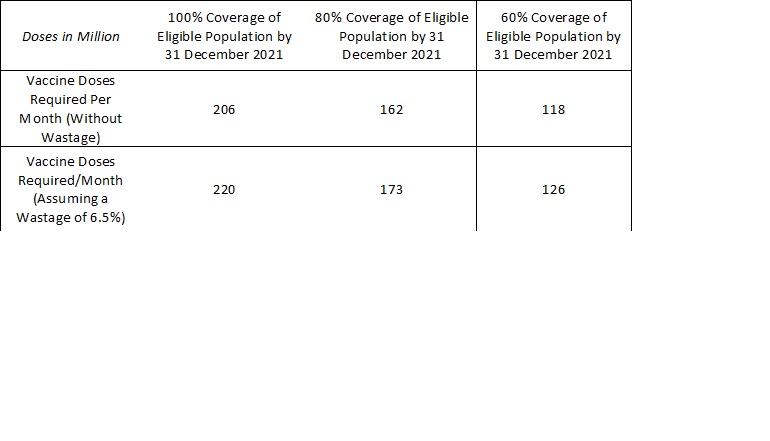
How to get URL link on X (Twitter) App


https://twitter.com/HMcJeon3y4/status/16404848719979806782/n In fact, that IAMs are largely constructed in the developed world should not be reason enough for the complete lack of equity, almost universally across the models. Equity and justice are universal concepts after all, are they not?





 2/n ~1.07 deg. C warming that the world is already experiencing is a result of past emissions which are disproportionately from rich countries. Even since 1990 (post UNFCCC), these countries have continued to occupy disproportionately higher carbon space.
2/n ~1.07 deg. C warming that the world is already experiencing is a result of past emissions which are disproportionately from rich countries. Even since 1990 (post UNFCCC), these countries have continued to occupy disproportionately higher carbon space. 



